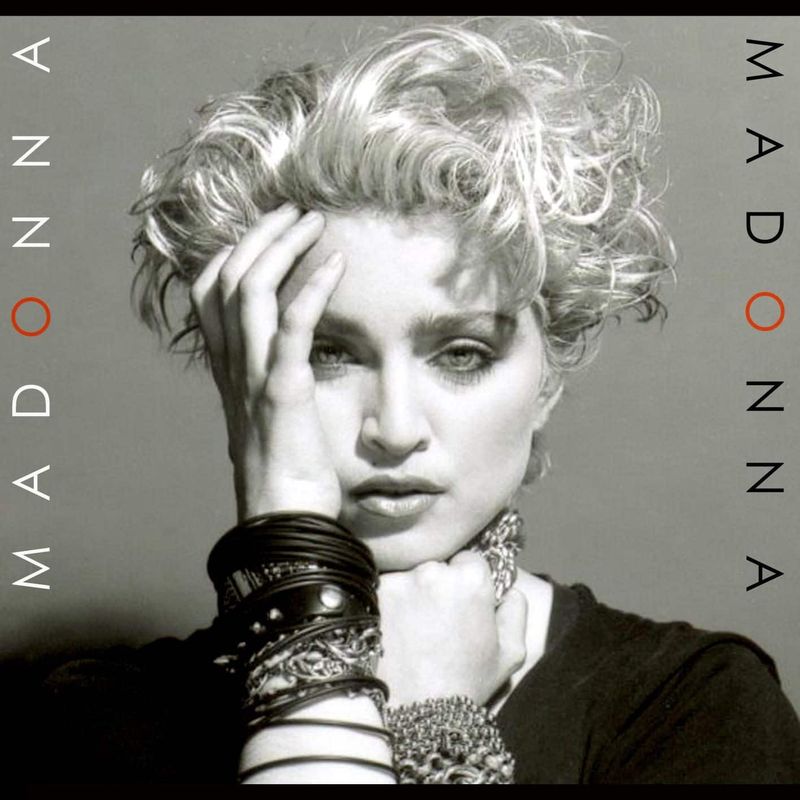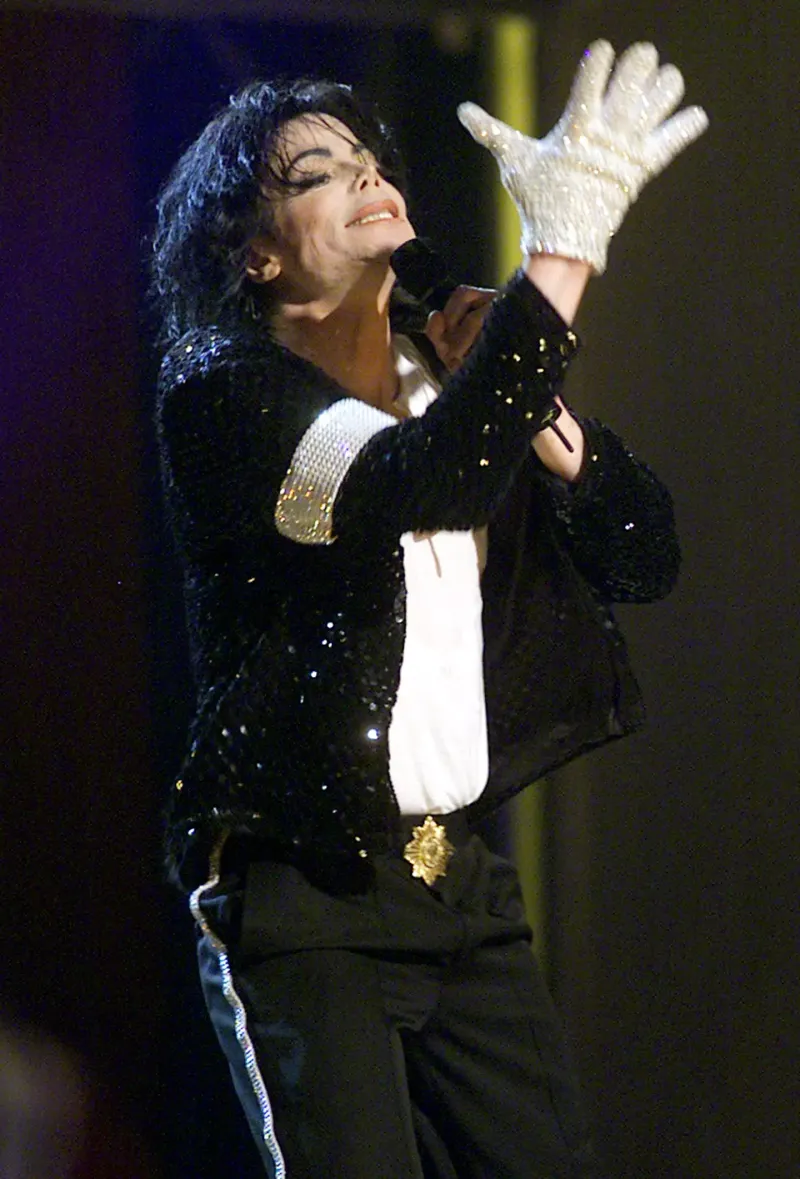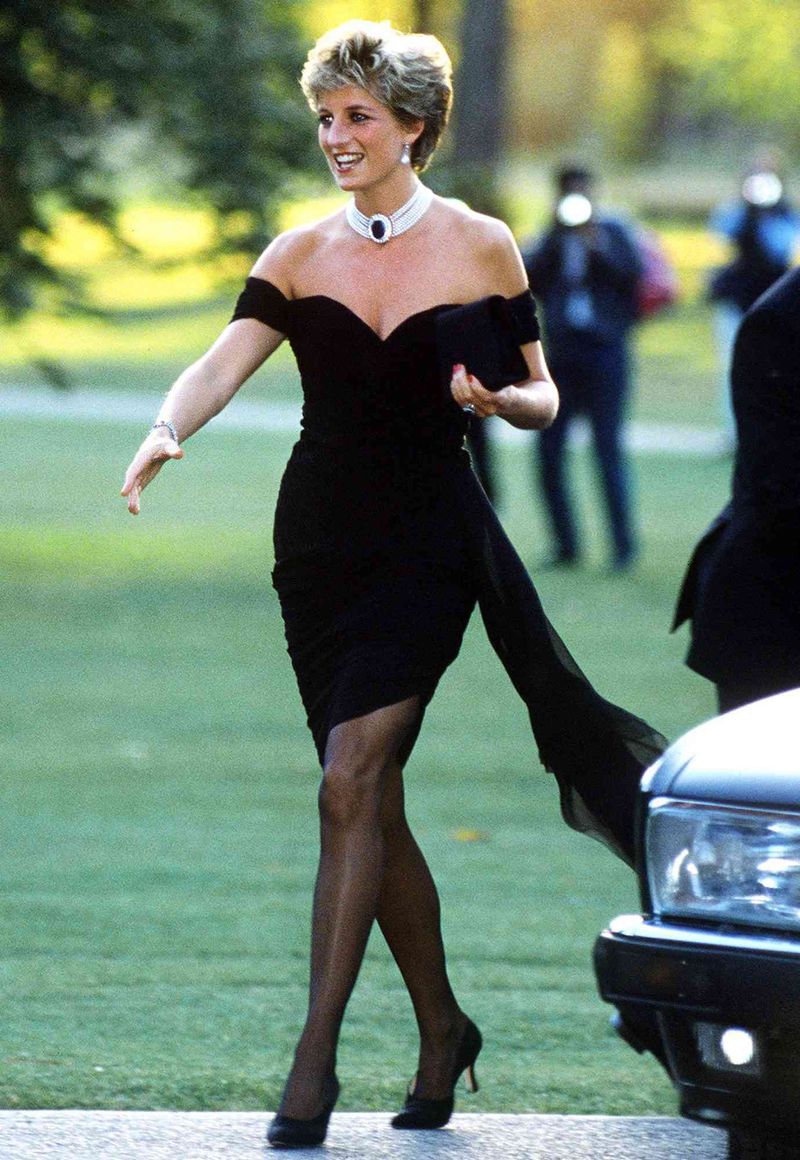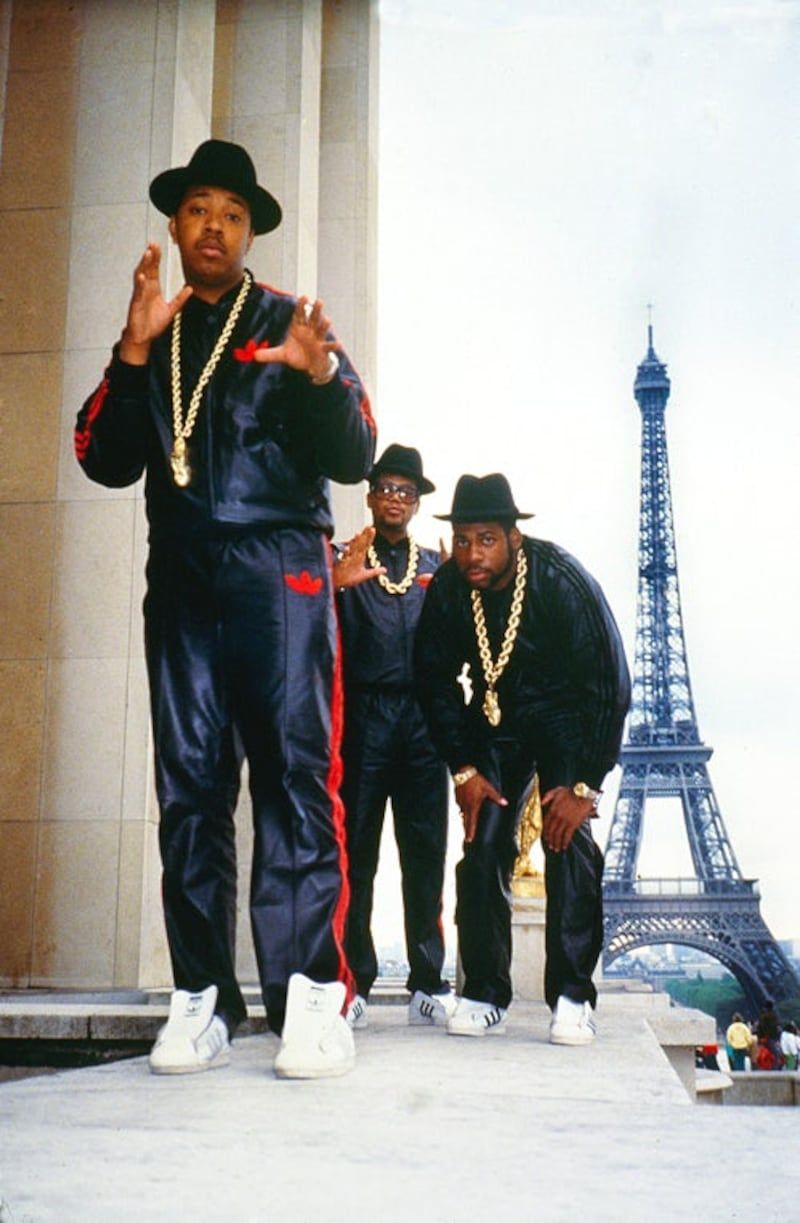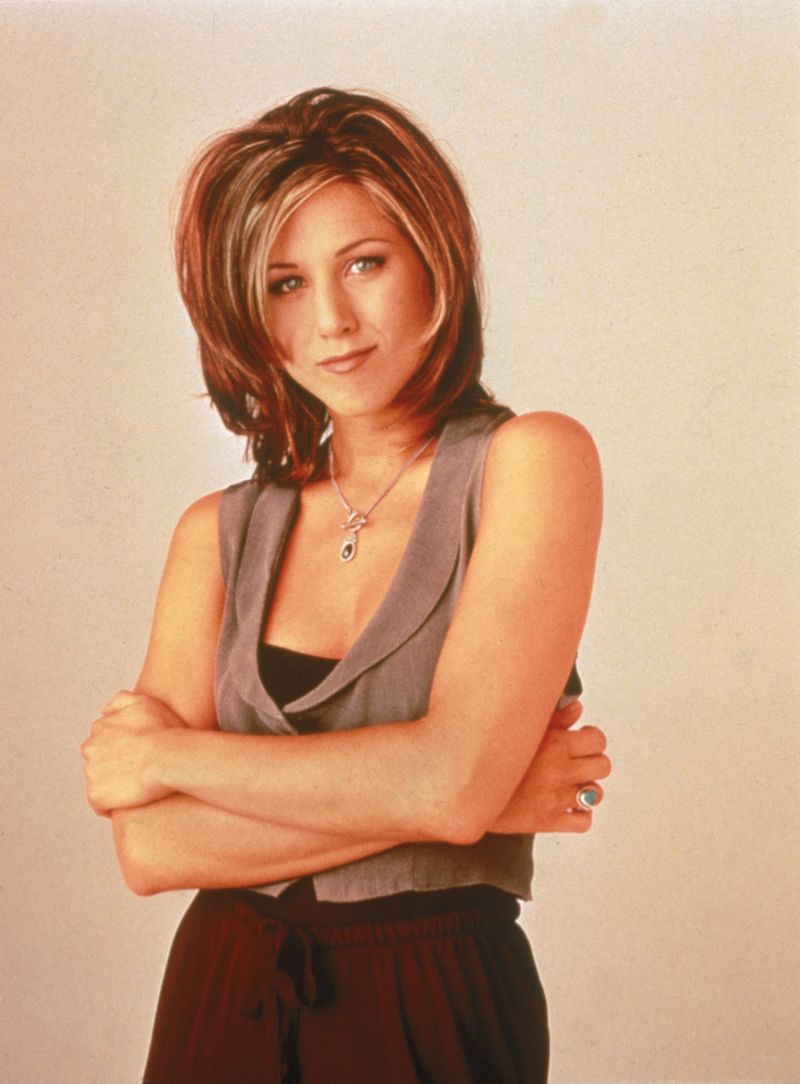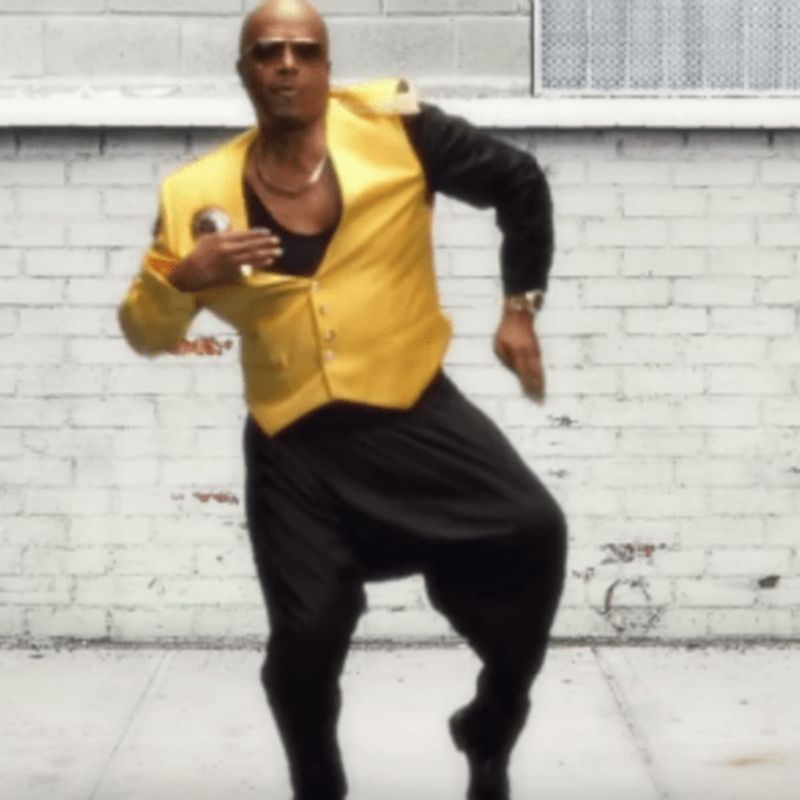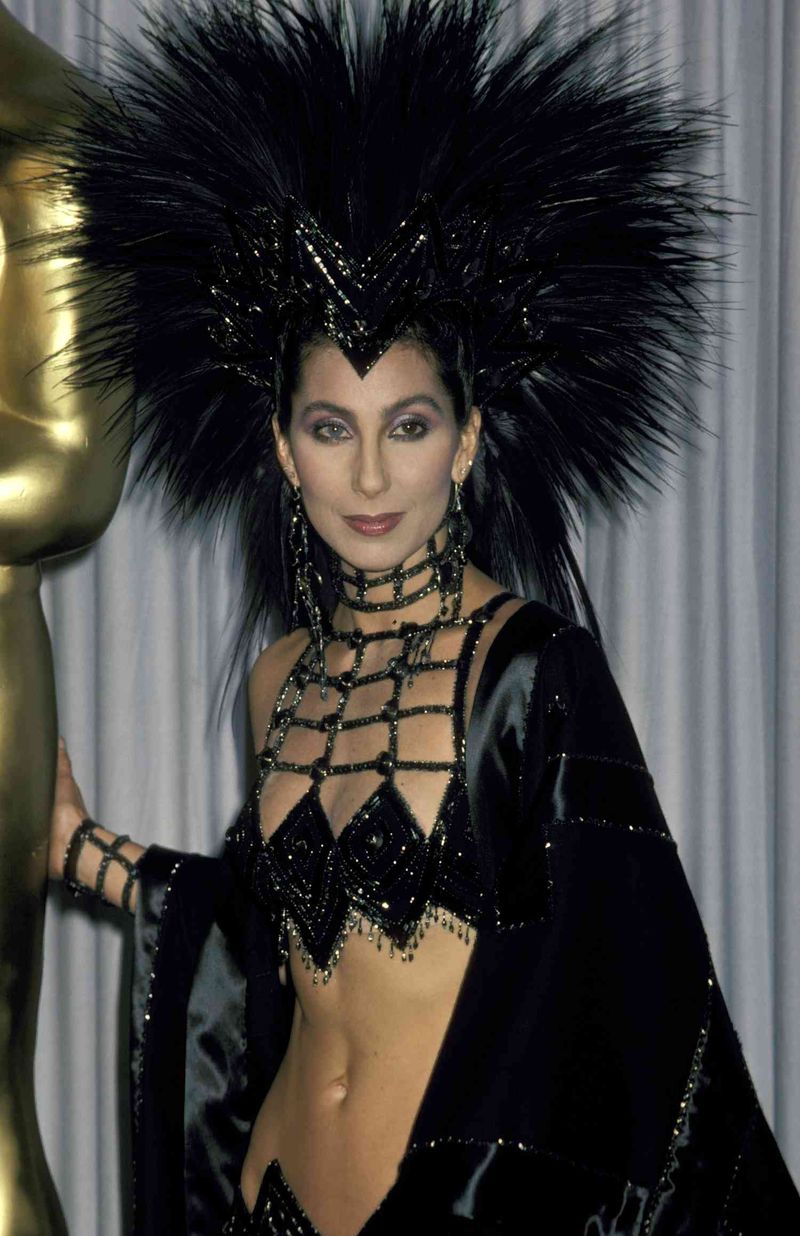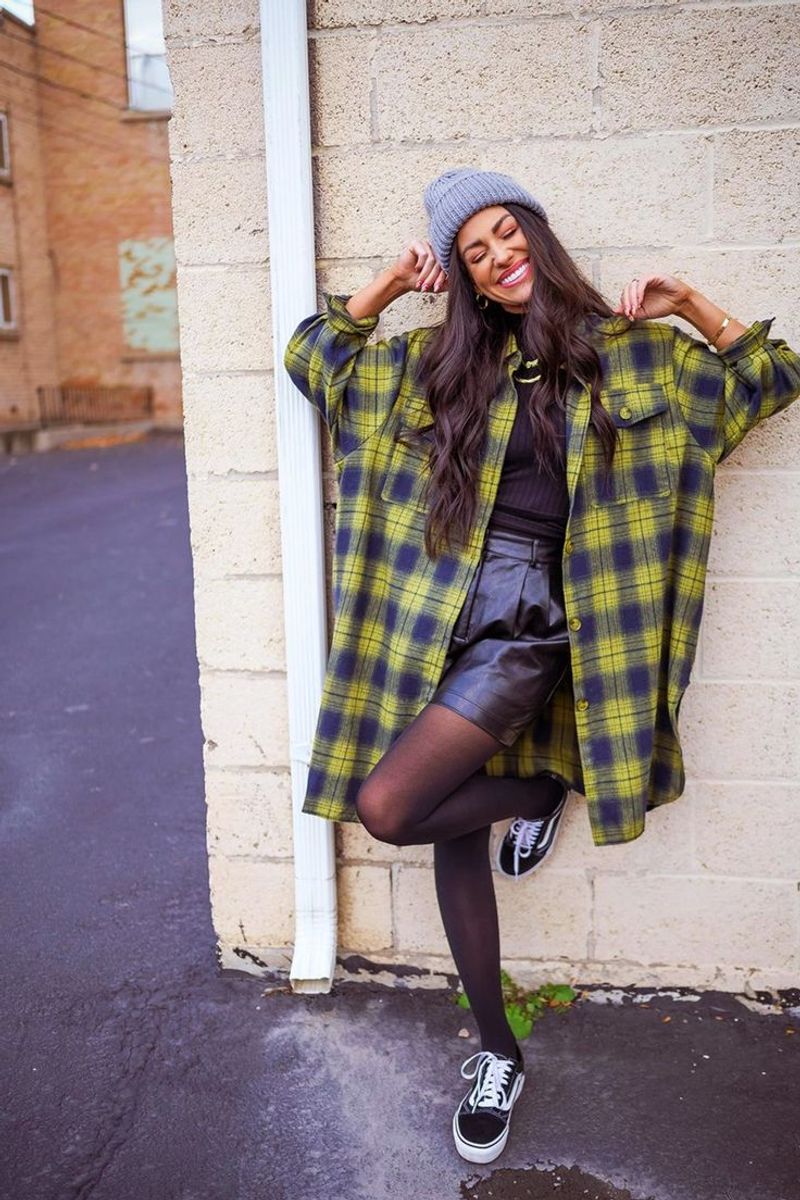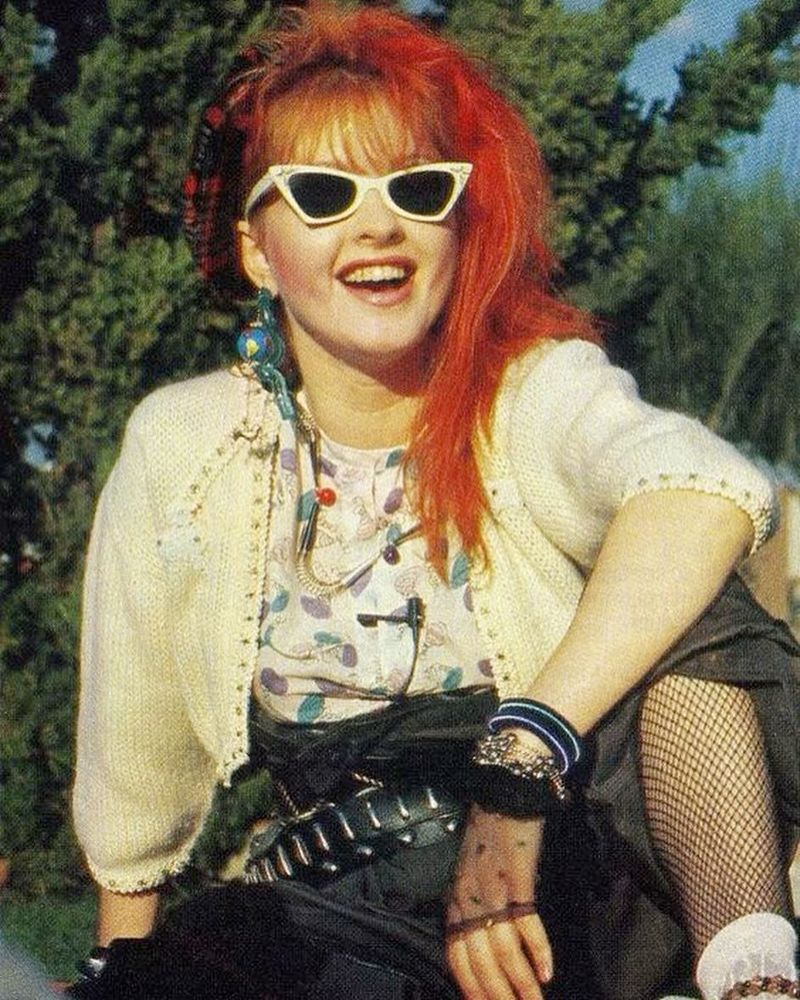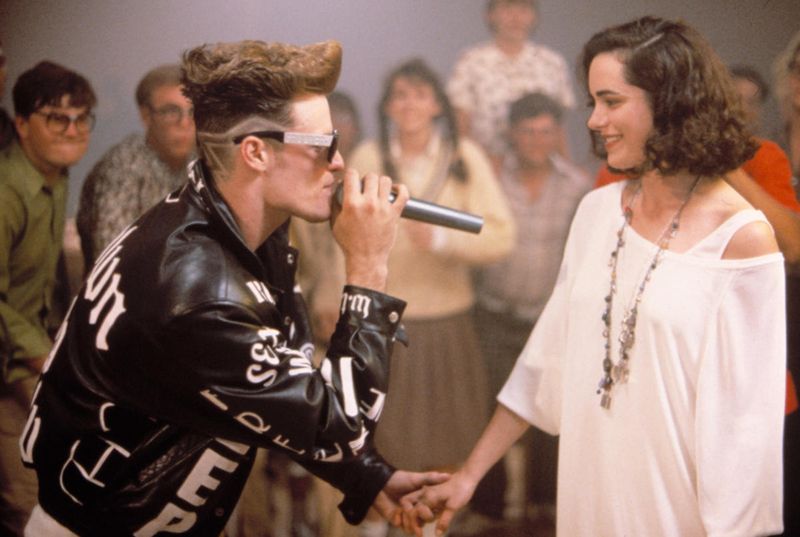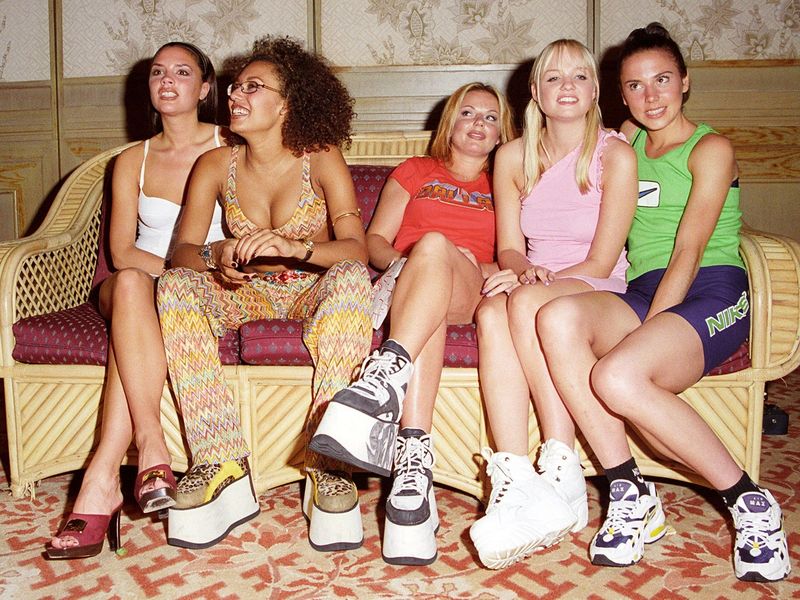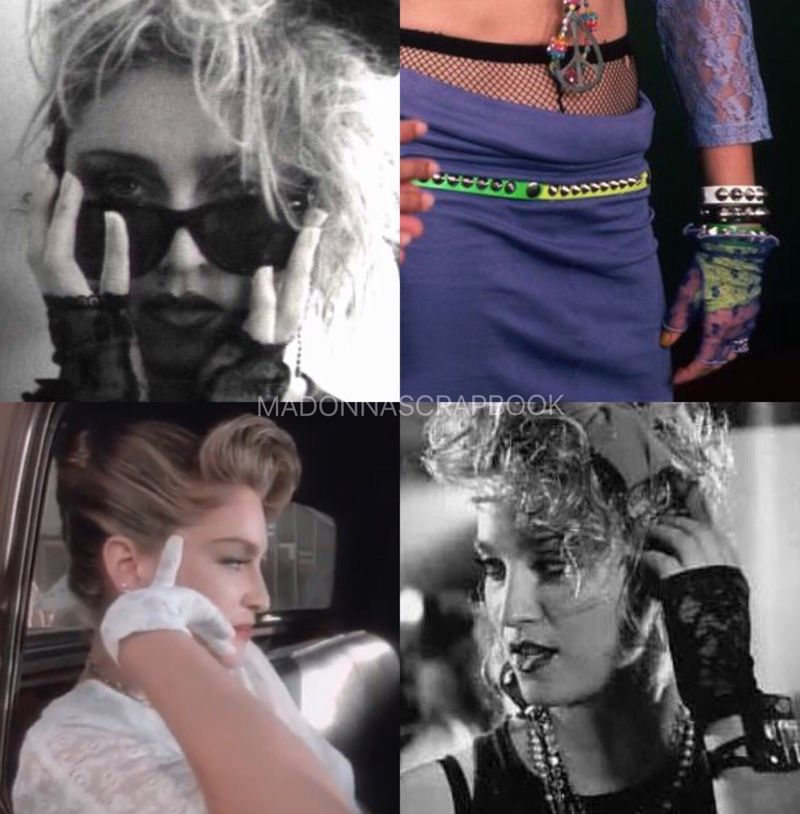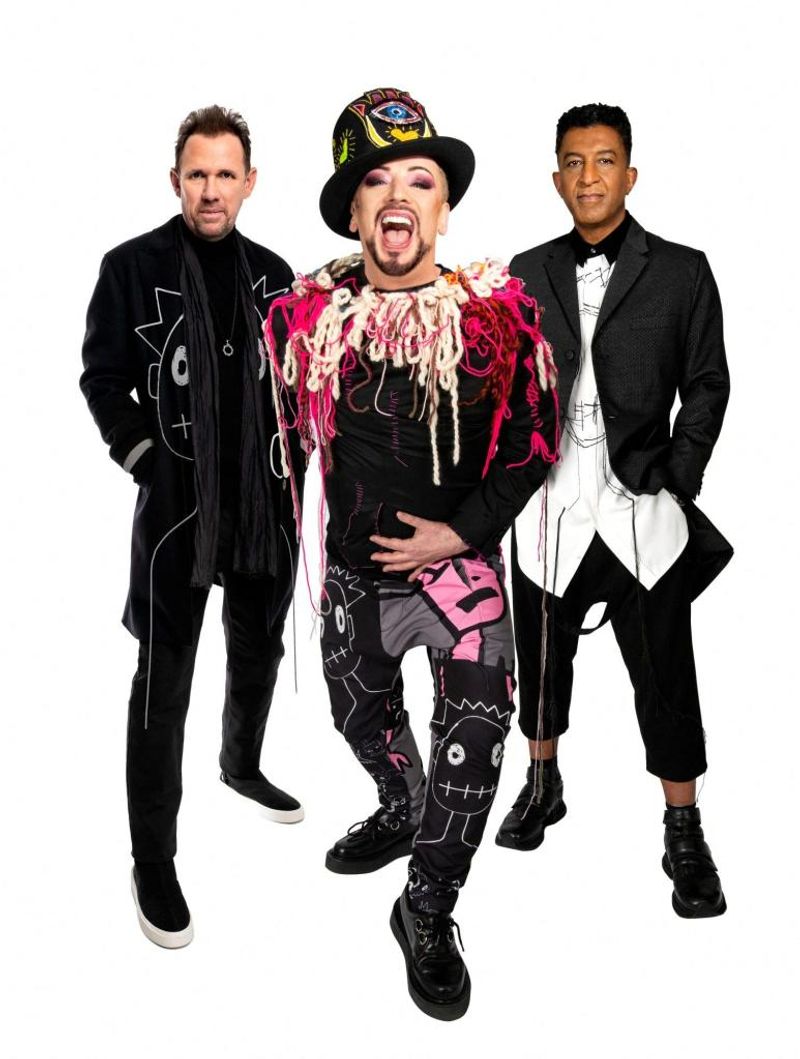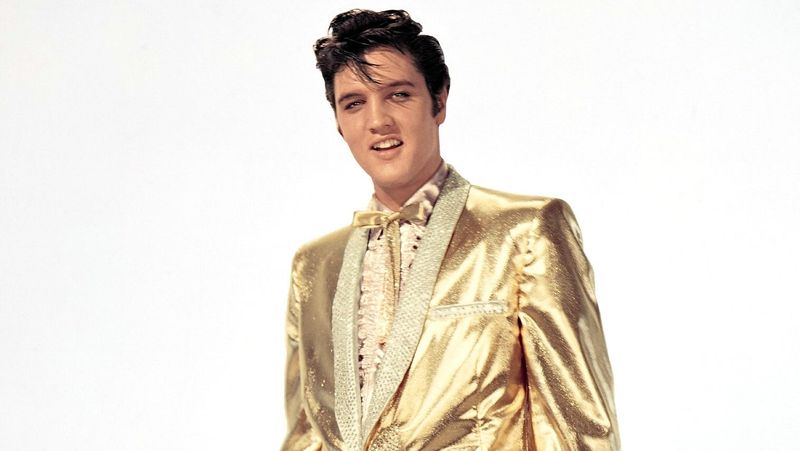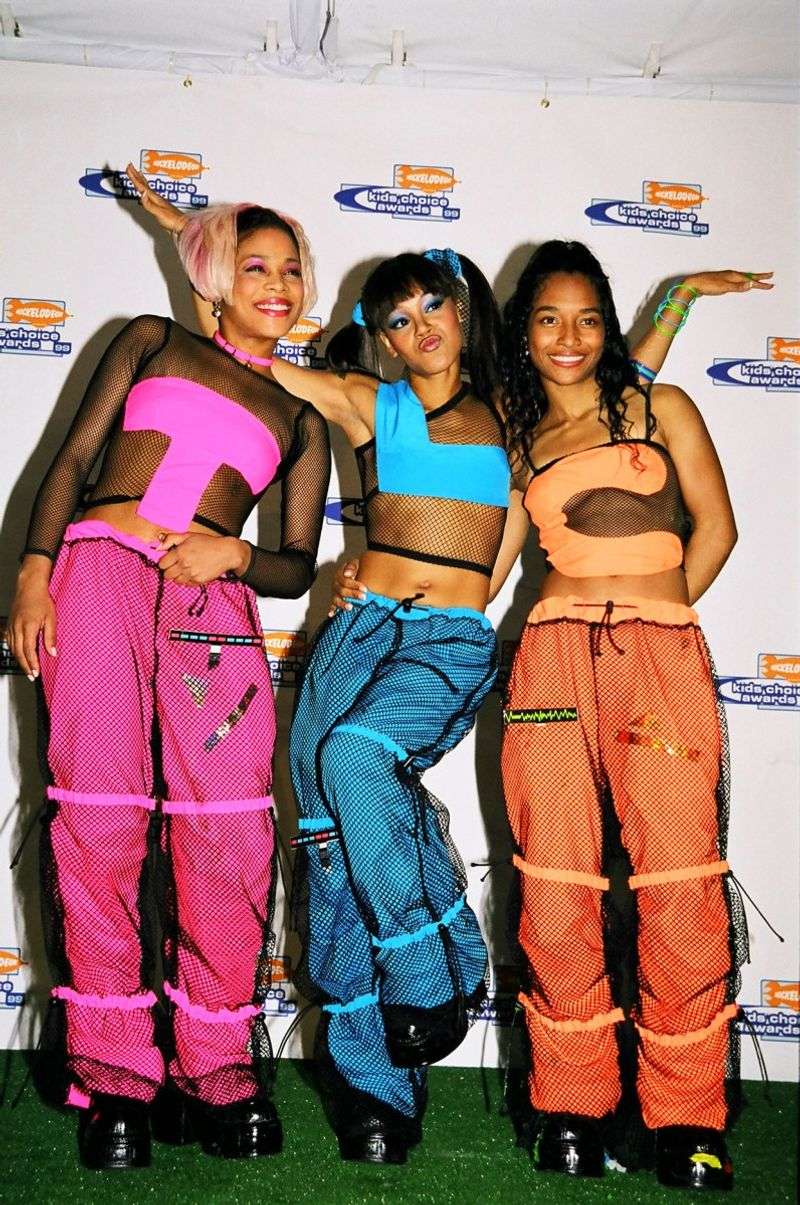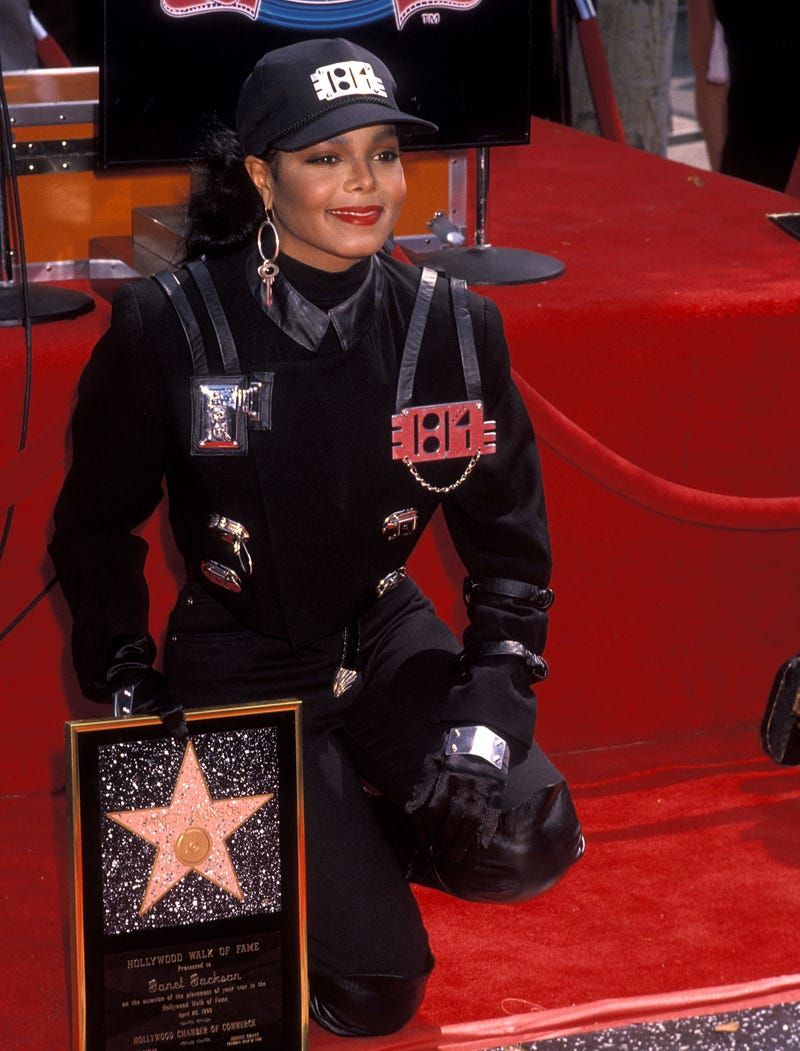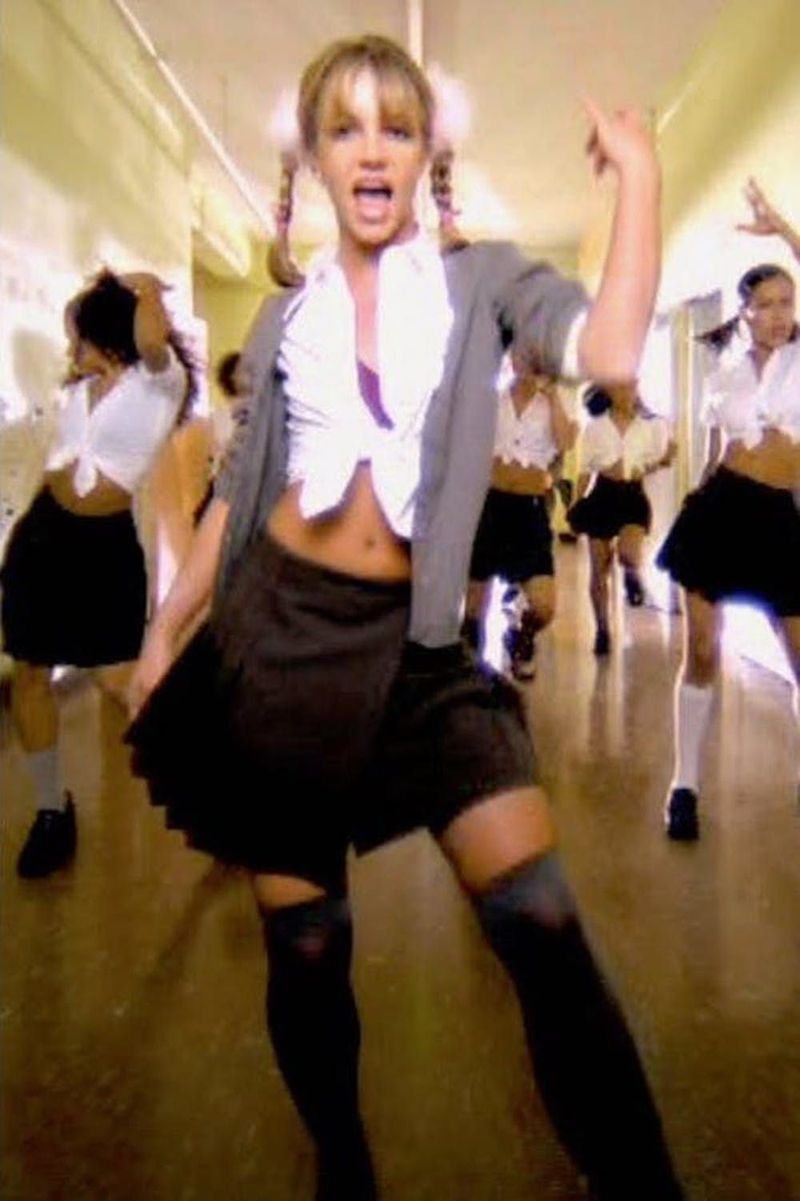Fashion has always been a reflection of culture, time, and personality. The 80s and 90s were particularly vibrant decades for fashion, bringing about some unforgettable styles. From bold colors to unique silhouettes, these eras were marked by innovative design and daring choices. Here, we explore 22 iconic fashion statements from these decades, highlighting the influences and personalities that wore them.
Madonna’s Cone Bra
Madonna’s Cone Bra
In 1990, Madonna took the world by storm with her Blonde Ambition Tour, debuting her now-iconic cone bra designed by Jean-Paul Gaultier. This bold fashion statement wasn’t just about shock value; it was a powerful symbol of female empowerment and sexual liberation.
The cone bra became synonymous with Madonna’s fearless persona, challenging societal norms and redefining femininity in pop culture. Her stage performances were as much about the music as they were about making a statement, and the cone bra was at the center of it all, leaving an indelible mark on fashion history.
Michael Jackson’s Sequined Glove
Michael Jackson’s Sequined Glove
In the early 1980s, Michael Jackson introduced the world to his sequined glove during a performance of Billie Jean. This single glove, sparkling under the stage lights, quickly became one of his most recognizable fashion trademarks.
The glove was more than just an accessory; it was a symbol of Jackson’s unique style and flair. It encapsulated his approach to performance, where every detail was meticulously crafted for maximum impact. Fans worldwide mimicked his iconic look, making the sequined glove a lasting symbol of pop culture fashion.
Princess Diana’s Revenge Dress
Princess Diana’s Revenge Dress
In 1994, Princess Diana stepped out in what is now famously known as the ‘Revenge Dress,’ a stunning black off-the-shoulder number by Christina Stambolian. This was no ordinary outfit; it was a powerful statement amidst personal turmoil.
The dress was worn on the night Prince Charles admitted to infidelity. Diana’s choice of attire was seen as a declaration of independence and confidence, instantly capturing media attention. The ‘Revenge Dress’ remains a timeless emblem of strength and elegance, showcasing Diana’s ability to command the spotlight on her own terms.
Run-D.M.C.’s Adidas Sneakers
Run-D.M.C.’s Adidas Sneakers
In the mid-1980s, Run-D.M.C. transformed the fashion landscape with their endorsement of Adidas sneakers, making them a staple in hip-hop culture. Their song ‘My Adidas’ celebrated the brand, and their style became synonymous with urban streetwear.
This collaboration marked the first time a hip-hop group had a major endorsement deal with a sportswear company, bridging the gap between music and fashion. Run-D.M.C.’s Adidas sneakers, paired with tracksuits and bucket hats, defined an era and influenced generations to come, underscoring the powerful connection between identity and style.
The Rachel Haircut
The Rachel Haircut
In 1994, Jennifer Aniston’s character Rachel Green on the TV show ‘Friends’ debuted a haircut that would become a worldwide phenomenon. Known simply as ‘The Rachel,’ this layered, voluminous style became one of the most requested hairstyles of the decade.
The haircut symbolized the carefree and youthful spirit of the 90s, with salons across the globe flooded with requests to replicate the look. Aniston’s portrayal of Rachel helped catapult the hairstyle into the fashion zeitgeist, making it one of the most iconic beauty statements of the era.
MC Hammer’s Parachute Pants
MC Hammer’s Parachute Pants
MC Hammer’s introduction of parachute pants in the 1990s forever changed the landscape of hip-hop and dance fashion. These baggy, flashy pants allowed for maximum movement and became a signature part of Hammer’s energetic performances.
The pants quickly became a sensation, celebrated for their boldness and comfort. They were emblematic of the exuberant and vibrant style of the time, with many fans adopting the look for casual wear and dance. MC Hammer’s parachute pants remain an unforgettable part of hip-hop fashion history, symbolizing creativity and individuality.
Cher’s Bob Mackie Gown
Cher’s Bob Mackie Gown
In 1986, Cher turned heads at the Academy Awards with her daring Bob Mackie gown. The intricate design featured sheer fabric, sequins, and feathers, exemplifying Cher’s fearless approach to fashion.
This gown was more than just a red carpet look; it was a testament to Cher’s status as a fashion icon unafraid to push boundaries. Her collaboration with Mackie resulted in a series of unforgettable outfits, with this gown being one of the most celebrated. It set a precedent for bold and avant-garde red carpet fashion, inspiring countless imitators.
Grunge Flannel Shirts
Grunge Flannel Shirts
The 1990s saw the rise of grunge music, and with it, the fashion of flannel shirts became emblematic of the era. Bands like Nirvana and Pearl Jam popularized this laid-back, rugged style, which became synonymous with alternative rock culture.
Flannel shirts represented a rebellion against the polished pop fashion of the 80s, embracing a more authentic, ‘anti-fashion’ aesthetic. The trend, rooted in the Seattle music scene, emphasized comfort and individuality, influencing mainstream fashion. Grunge flannel shirts remain a lasting symbol of 90s fashion, embodying the spirit of nonconformity and authenticity.
Cyndi Lauper’s Colorful Hair
Cyndi Lauper’s Colorful Hair
In the 1980s, Cyndi Lauper became a fashion pioneer with her vibrant and eclectic hairstyles. Her colorful hair, a kaleidoscope of hues, was a visual extension of her playful and rebellious music persona.
Lauper’s bold hair choices challenged traditional beauty standards, encouraging fans to embrace their individuality. Her influence extended beyond the music industry, inspiring a generation to experiment with their looks. Cyndi Lauper’s colorful hair became an enduring emblem of 80s pop culture, symbolizing creativity, self-expression, and the joy of standing out in a crowd.
Vanilla Ice’s Flat Top Haircut
Vanilla Ice’s Flat Top Haircut
In 1990, Vanilla Ice’s ‘Ice Ice Baby’ swept the charts, and his flat top haircut became an iconic aspect of his style. The sharp, boxy haircut became a defining trend in the hip-hop and pop scenes of the early 90s.
This distinctive style reflected Vanilla Ice’s edgy, urban image and contributed to his unique persona. The flat top haircut, popularized by both musicians and athletes, became a staple of the era, symbolizing the intersection of fashion and music culture. It remains a nostalgic and defining look of the 90s.
Julia Roberts’ Red Dress in Pretty Woman
Julia Roberts’ Red Dress in Pretty Woman
In the 1990 film ‘Pretty Woman,’ Julia Roberts’ character Vivian wore a stunning red gown that became instantly iconic. The off-the-shoulder dress, paired with white gloves, epitomized glamour and romance on screen.
This particular outfit became a symbol of the film’s transformative narrative, where fashion played a crucial role in character development. The red gown captured the hearts of audiences and cemented its place in cinematic and fashion history. Julia Roberts’ portrayal and the elegance of the dress created an unforgettable cultural moment.
Spice Girls’ Platform Sneakers
Spice Girls’ Platform Sneakers
In the mid-90s, the Spice Girls burst onto the scene, bringing ‘girl power’ and a bold sense of fashion. One of their most memorable fashion staples were the platform sneakers, which complemented their eclectic and vibrant style.
These shoes became synonymous with the Spice Girls’ image, symbolizing their playful and empowering approach to music and fashion. Fans across the world embraced the trend, catapulting platform sneakers into mainstream fashion. The Spice Girls’ influence remains a defining aspect of 90s pop culture, with their style continuing to inspire new generations.
Madonna’s Lace Gloves
Madonna’s Lace Gloves
In 1984, Madonna’s ‘Like a Virgin’ music video featured lace gloves that became an iconic part of her style. These gloves captured the essence of Madonna’s early career, blending innocence with edginess.
Madonna’s lace gloves inspired countless fans to adopt similar accessories, cementing their place in 80s fashion. They were emblematic of her influence on pop culture, where even the smallest fashion details became trends. The lace gloves remain a nostalgic symbol of Madonna’s impact on the music and fashion industries.
Boy George’s Androgynous Style
Boy George’s Androgynous Style
In the 1980s, Boy George emerged as a cultural icon with his unique androgynous fashion. His eclectic style blurred gender lines, combining bold colors, makeup, and hats to create a distinctive look.
Boy George’s fashion challenged traditional norms, promoting self-expression and individuality. His influence extended beyond music, impacting fashion and inspiring a generation to embrace diverse identities. Boy George’s androgynous style remains a testament to the transformative power of fashion as a tool for cultural change and acceptance.
Elvis Presley’s Gold Lame Suit
Elvis Presley’s gold lame suit, designed by Nudie Cohn in 1957, became an emblem of rock and roll extravagance. This eye-catching outfit was daring and bold, much like Elvis himself, and it set a precedent for flamboyant stage wear among musicians.
The suit’s glitzy appearance perfectly matched the electrifying energy of Elvis’s performances. It not only showcased his charisma but also highlighted how fashion could amplify a performer’s stage presence. Fans were captivated by his daring style, making the gold lame suit an unforgettable part of his image.
Today, Elvis’s gold suit continues to be a reference point for artists who wish to make a bold statement. It serves as a testament to how fashion can enhance artistic expression and leave a lasting legacy in both music and style.
TLC’s Baggy Streetwear
TLC’s Baggy Streetwear
In 1994, the girl group TLC popularized baggy streetwear, redefining fashion norms in the music industry. Their oversized clothing and bold accessories became a signature look, challenging traditional feminine styles.
TLC’s fashion choices reflected their message of empowerment and self-confidence, resonating with fans who embraced their unapologetic attitude. Their influence extended beyond music, impacting mainstream fashion and inspiring a generation to prioritize comfort and individuality. TLC’s baggy streetwear remains a symbol of 90s fashion, embodying the spirit of rebellion and authenticity.
Janet Jackson’s Rhythm Nation Outfit
Janet Jackson’s Rhythm Nation Outfit
In 1989, Janet Jackson’s ‘Rhythm Nation’ music video featured a military-inspired outfit that became an iconic part of her brand. The black ensemble, complete with a cap and metallic accents, reflected the song’s themes of social justice and unity.
Jackson’s outfit was more than just a costume; it was a statement of strength and empowerment. Her influence extended beyond the music industry, inspiring fans to embrace bold fashion choices. The Rhythm Nation outfit remains a timeless symbol of Jackson’s impact on both pop culture and fashion.
Britney Spears’ Schoolgirl Outfit
Britney Spears’ Schoolgirl Outfit
In 1998, Britney Spears burst onto the pop music scene with her debut single ‘…Baby One More Time,’ featuring a schoolgirl outfit that became instantly iconic. The outfit, consisting of a plaid skirt and tied-up shirt, captured the attention of fans worldwide.
Spears’ schoolgirl look was playful and provocative, blending innocence with a hint of rebellion. It became a cultural phenomenon, inspiring countless imitations and solidifying Spears’ status as a pop icon. The schoolgirl outfit remains an enduring symbol of late 90s pop culture, reflecting the era’s youthful energy and style.
